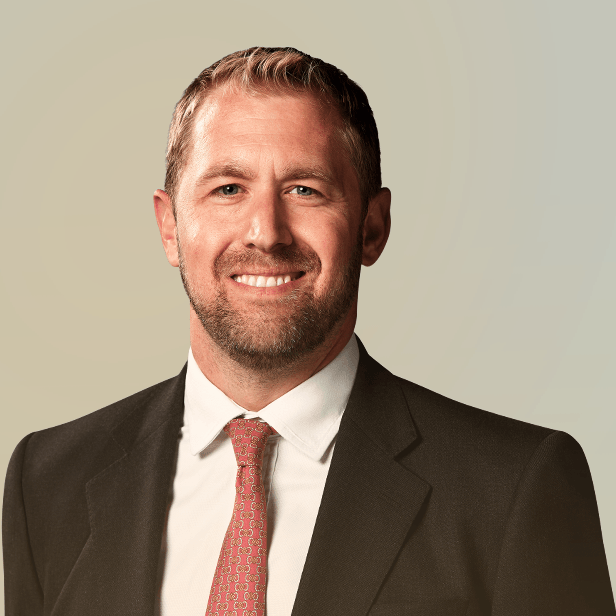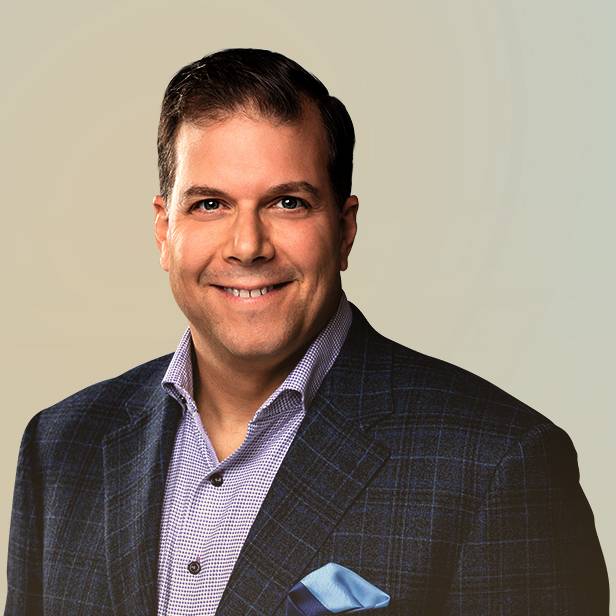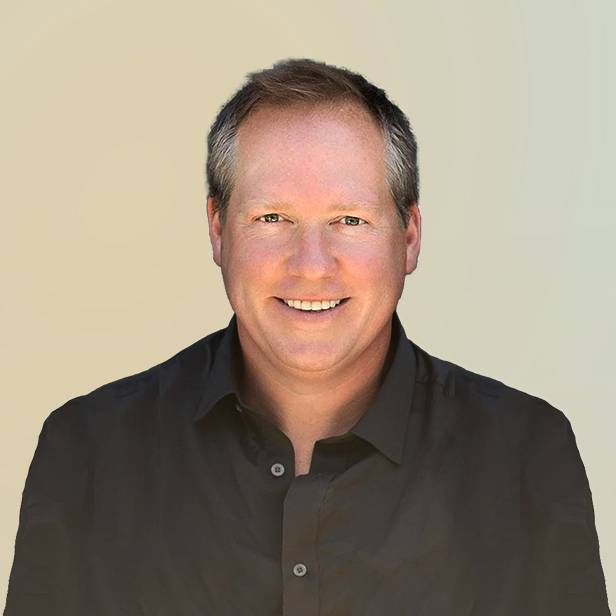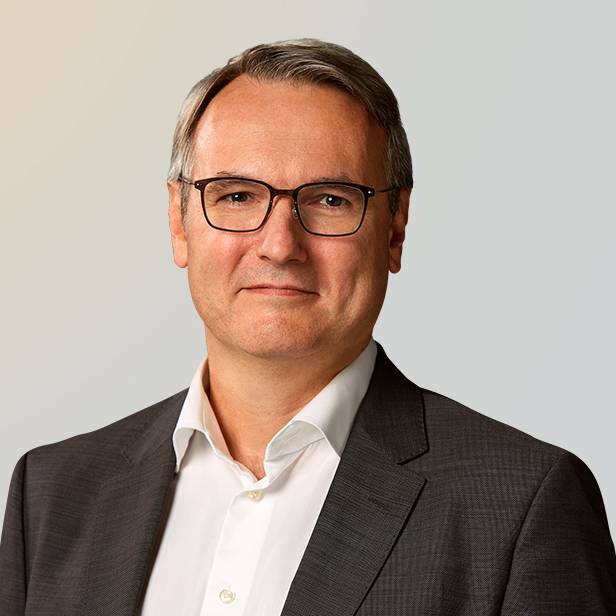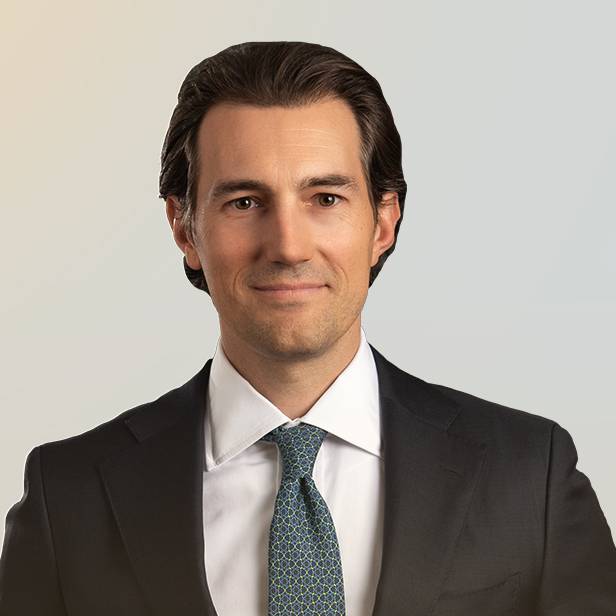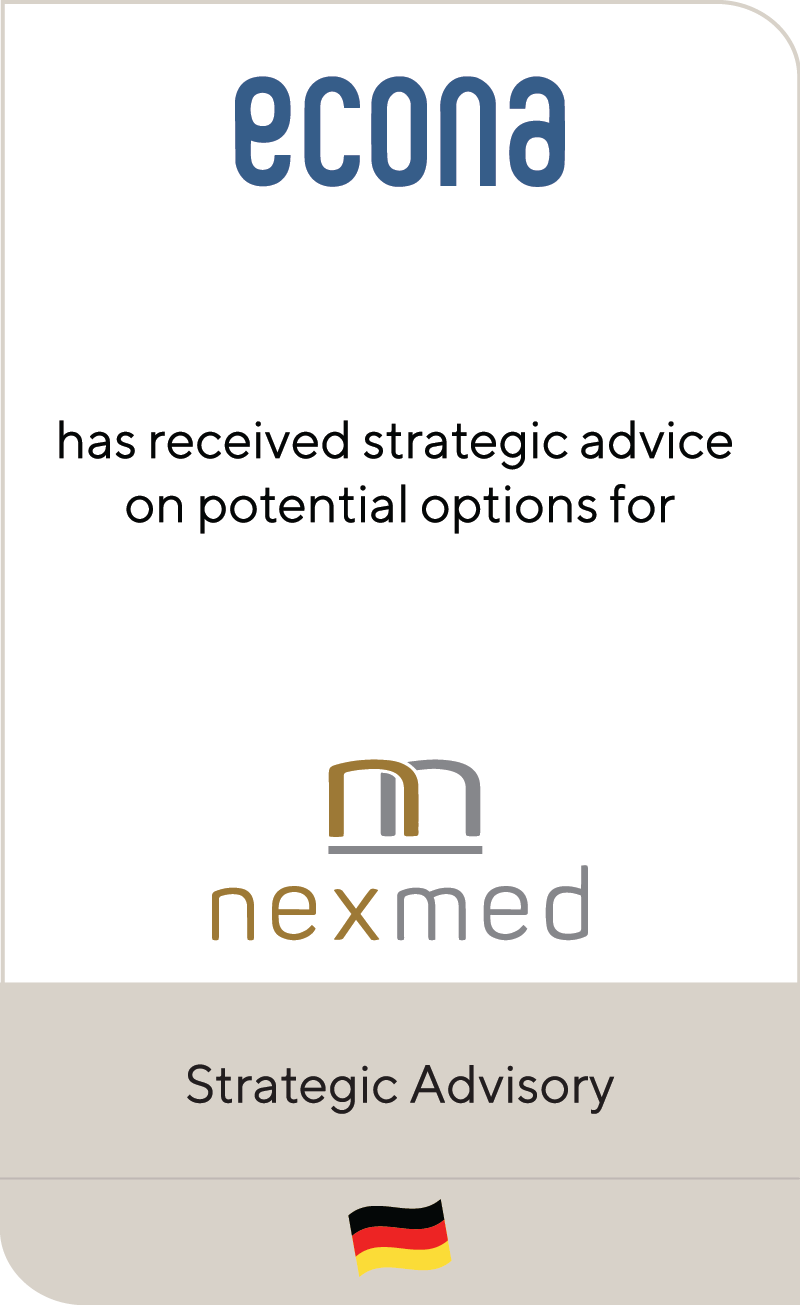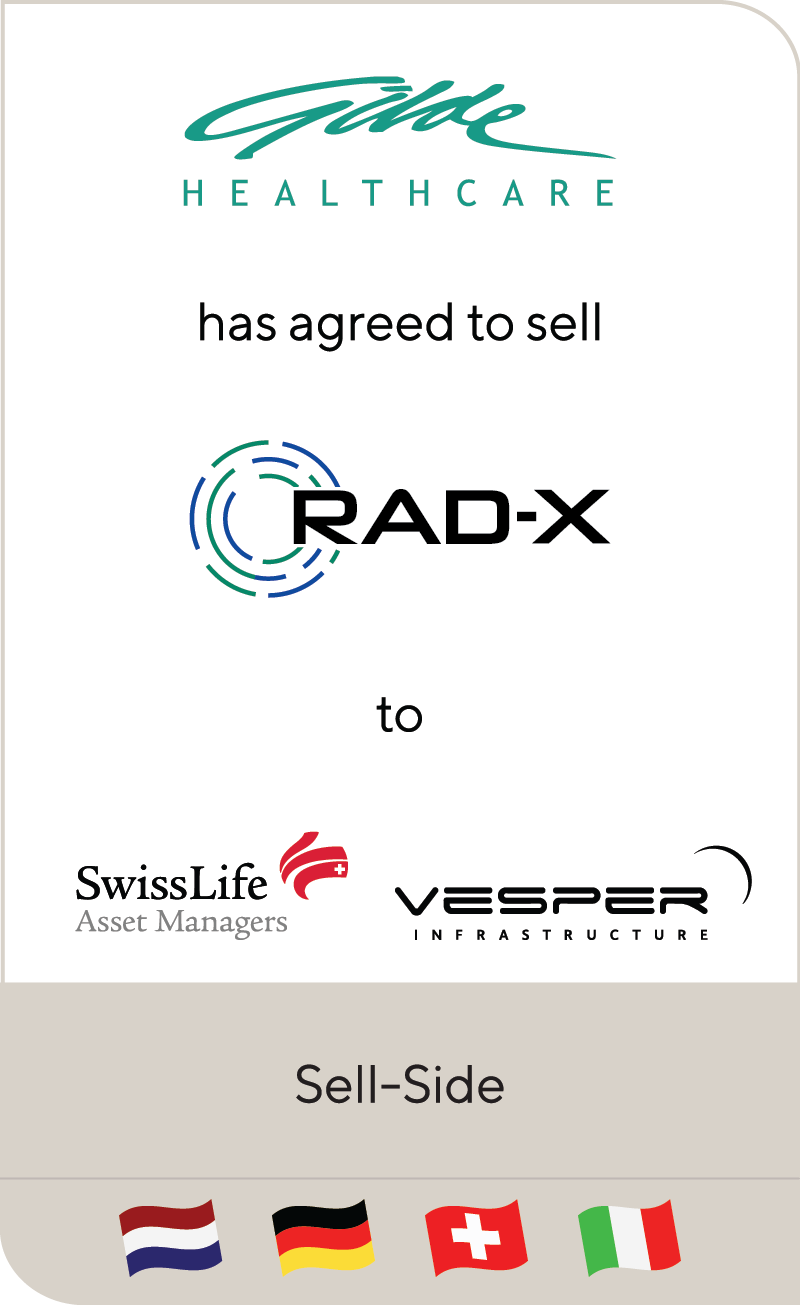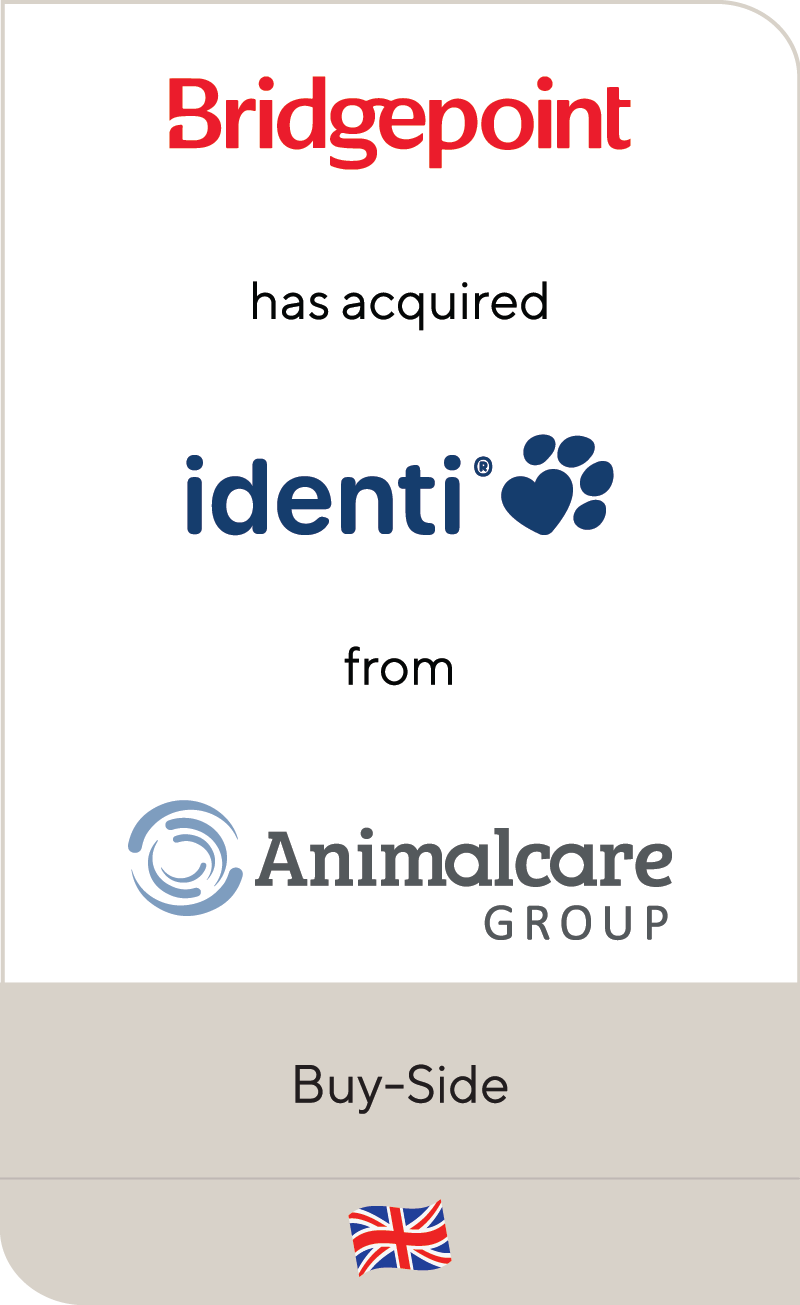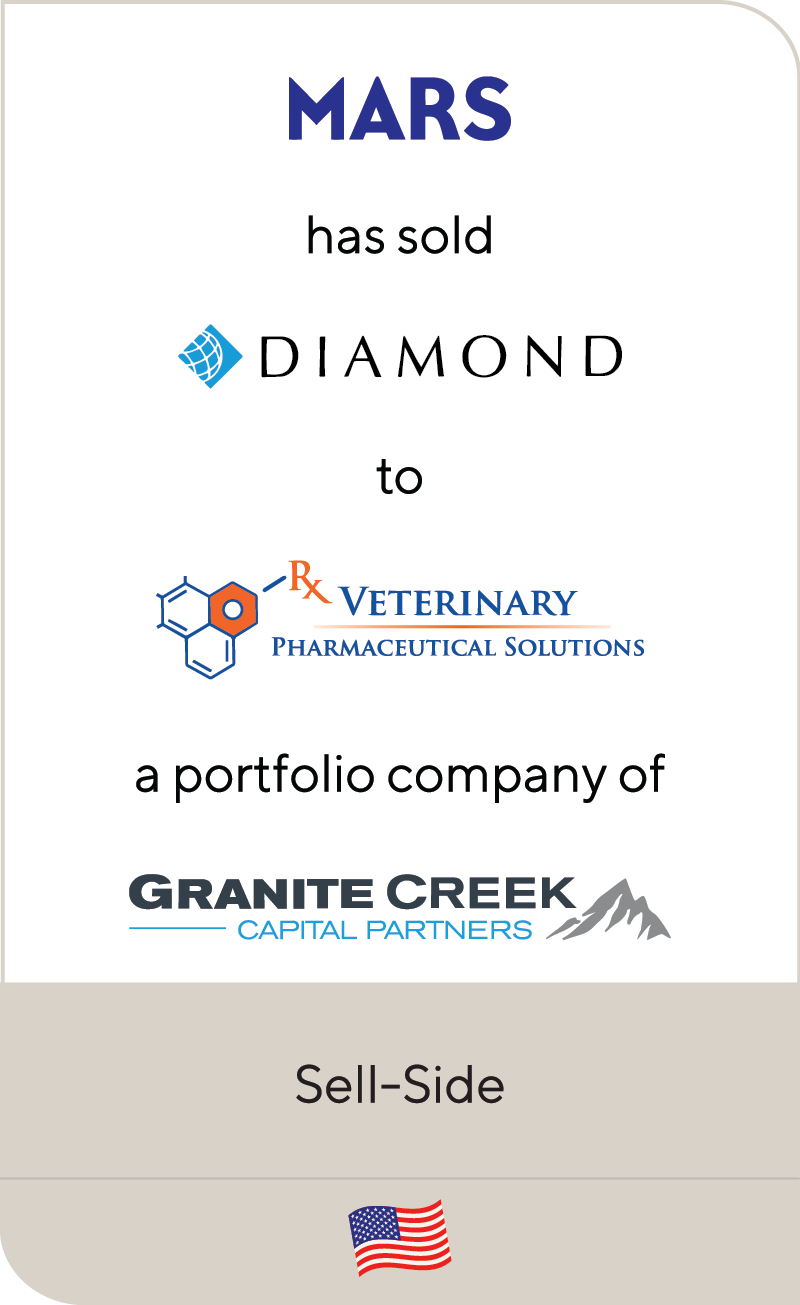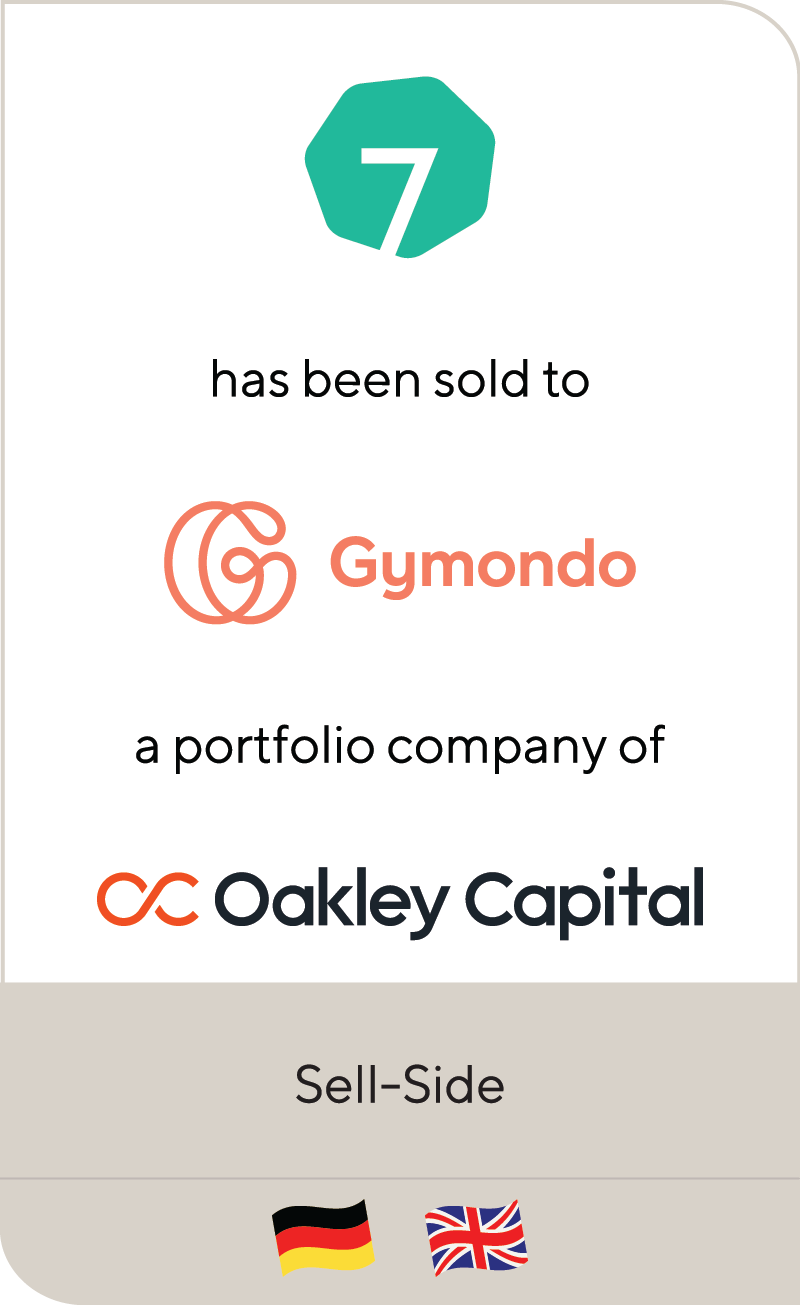Investors Take a Bite into the UK and European Dentistry Markets
Jan 2020
| Memories of nightmarish childhood trips to the dentist appear to be a thing of the past for investors as they rush to capitalise on the dentistry market in record numbers. Whilst a trip to the local dentist might not be a remotely pleasant experience for patients due to a cavity filling or semi-annual instruction to floss more, the dental market is an increasingly rewarding proposition for private equity investors. Financial sponsors not already looking at the sector may be increasingly interested in reviewing the £7.1 billion UK dental market alongside other European markets. Despite differing payor structures, these markets all have similar drivers, are highly fragmented and forecast to continue growing. |
Dental growth in the UK
More than 65% of the UK population visits a dentist once a year — compared to less than 40% in the 1960s. This growth trend is expected to continue as an increasing segment of the population recognises the importance of oral hygiene and dental care, driving up the number of dental visits. We expect healthy growth in the publicly funded National Health Service (“NHS”) market in the coming years, although in the short term, private pay will show the strongest growth.
The unique structure of the UK dental market, home to approximately 11,700 dental clinics and with its mixed NHS / private payor structures, creates a market equally balanced in size but with differing characteristics. With a market value of £3.5 billion, the NHS is expected to grow at over 2%, compared to approximately 5% for the private dentistry sector, where spending was valued at £3.6 billion in the year ending March 2018. Lincoln International’s UK-focused dental ‘bible’ goes into greater detail and is available on request.
Growing Population and Disposable Income Drive Continued Dental Demand
The UK dental market will continue to see high demand driven by three key trends: |
||||
| 1 | 2 | 3 | ||
| A growing target population as high levels of immigration and the rapid growth of the aging population continue | Continued NHS funding of dentistry services, even in a recessionary environment to ensure sustained access | Higher levels of disposable income driving greater demand for elective dental services | ||
The UK is forecast to add 2.8 million people to its population in the next 10 years, primarily through immigration. Supporting this, the rapid growth of adults aged over 65 is expected to be a further supportive driver as the elderly population is typically in need of more dental care and is more willing to pay for it privately.
At the same time, higher levels of disposable income, continuing technology advances and greater dental access are driving demand for aesthetic and cosmetic dentistry. This has increased interest in elective services such as teeth whitening, dental veneers and dental implants, which many consumers are opting to pay for themselves.
The trend appears to be continuing unabated. The average proportion of hours UK dentists spend on private dentistry is now 29.3%, its highest in more than a decade. With increasing healthcare consumerism, we believe the private dental market has room for further growth.
Public Payment System Creates a More Stable UK Dentistry Market
The UK dental market has of course attracted attention before, led by the likes of Integrated Dental Holdings, now rebranded MyDentist, which – after a brief stint listed on the London Stock Exchange – was taken private by Risk Capital Partners in an MBO in 2004. The business then went through various private equity hands, including Legal & General Ventures in 2006, Merrill Lynch Global Private Equity in 2008 and most recently Carlyle in 2011; not all investments left investors smiling but lessons have been learnt. The patchy investment history within UK dentistry, that includes the challenges at James Hull Associates, seems to be in the past after the successful sale of Oasis Dental and the recent recovery of MyDentist, which have given the sector a healthier shine.
With the introduction of the current Units of Dental Activity (“UDA”) payment system in 2006, the NHS public system is much more stable. The market today is therefore much different than prior to 2006 resulting in an increasingly corporate base, as evidenced by the increased financial sponsor investment in the last three years. Leading corporates of an NHS variety include MyDentist, Dental Partners, Rodericks Dental and Colosseum Dental, while Portman Dental and Gensmile lead the private-focused peers. Sitting between NHS and private models meanwhile are the ‘mixed payor model’ variety, which the likes of Bupa and Perfect Smile lead, focusing on generating an equal mix of revenue in each area.
In the UK, dental care is one of the few NHS services that requires a payment from most adult patients, and such payments account for £0.9 billion of the total NHS market. As the government seeks to balance the growth of central NHS dentistry funding, the patient contribution towards NHS treatment is being increased at a faster rate than inflation, thereby reducing the price gap between NHS and private dentistry. In fact, since 2015-16 the patient charge in England across all treatment bands has been increased at a CAGR of 4.8%.
| The emergence of hybrid NHS-private treatment models – such as ‘Bupa Dental Essentials’ and MyDentists’ ‘{my}options’ – demonstrate how corporates are innovating to offer patients lower (than full private) cost services, but restricted options dentistry, to pull NHS patients into private provision and capitalise on a perceived ‘gap’ in provision. The success of the product offering is specifically credited by MyDentist for its strong Q2 FY2020 like-for-like private revenue growth of 21.5%. |
The unique structure of the UK dental market, with its mixed NHS / private market, presents investors with opportunities and should also provide some comfort to investment committees mindful of a potential slowdown as the UK economy enters its eleventh year of growth. NHS dentistry is highly resilient, with expenditure underpinned by taxpayer funding, creating a strong albeit low growth core that is now accelerating and set for healthier growth under the Conservative government that has committed to increase the annual budget of NHS England by £33.9bn by 2023/24. While spending on private dentistry services can be discretionary, NHS treatment restrictions combined with increasing dental health awareness, healthcare consumerism and aforementioned factors are likely to ensure demand for private dental procedures grows over the longer term. For investors these growth prospects are perhaps appetisers for wider opportunities available through consolidating what is a highly fragmented market to capture professionalisation and scale benefits.
Competition Heats up for M&A / Bracing for M&A Growth
Private equity firms have recognised the market’s potential evidenced through recent activity, including Phoenix Equity Partners investing alongside the co-founders of Envisage in July 2019, G Square’s acquisition of Dental Care Group in April 2019 and Apposite Capital’s acquisition of Riverdale Healthcare in January 2019.
Looking ahead, we expect competition for dental practice bolt-ons with three or more chairs (c. 40% of independent practices according to Mansfield Advisors research) and in areas where dentist supply is strong to be the highest. MyDentist highlights that about 300 dental practices come up for sale each year highlighting the material scope for further consolidation and market entry. As private equity investors largely follow a consolidation theme, prices for bolt-ons have already started to increase as investors compete for the same assets, reaching 7-8x EBITDA.
With Gensmile testing the market, we suspect MyDentist and others may follow suit in 2020 while the M&A markets are still smiling.
Examining Potential HurdlesWhilst the sector appears to have a “pearly white” future, there are obstacles to navigate of which the most notable is recruitment and retention. Despite small increases in 2016 and 2017, between 2010 and 2015 the dental student intake reduced each year from approximately 1,300 students to 1,100 driven by the Chief Dental Officer’s concern of future oversupply. With Brexit and regulatory requirements for onboarding dentists, the slowdown has perhaps been exacerbated and operators are feeling the pinch. This is especially so in more remote geographies where recruitment and retention are harder and filling a vacancy takes a minimum of four months given notice and regulatory requirements. In May 2019, despite submissions from stakeholders regarding shortfalls, the UK’s Migration Advisory Committee recommend dental practitioners not be added to the Shortage Occupation List. With 16% of dentists registered in the UK earning their qualifications in the EEA, dentist supply may remain a moderate break on market growth for a while yet. Other issues on operators’ minds include:
|
|
| A more recent addition to the above list is HMRC’s decision to investigate the current ‘self-employed’ status of dentists, with a decision likely coming in April 2020 according to MyDentist’s recent results statement. As with many clinical models, scale operators can deal with challenges better than smaller operators, likely supporting further consolidation.
Looking to the future, the Conservative Party remained tight-lipped in its election manifesto (with the assumption that there would be relatively few changes given NHS dentistry remains out of the headlines compared to acute care provision). As the government has pledged to spend an additional £33.9bn annually on the NHS, operators are set for an acceleration of the contract uplifts above even the recent 2.42% awarded by the government. With the government target access rate of 64% for NHS dentistry (vs. 51% currently), it may be the case that additional UDA volumes are on the horizon. For private dentistry, we see continued strong growth into the long term, especially given current NHS restrictions and healthcare consumerism, but we are mindful that any slowdown will have some impact as in previous cycles. |
|
Summary
-
Lincoln International explains why the dental market is an increasingly rewarding proposition for private equity investors.
- Financial sponsors not already looking at the sector may be increasingly interested in reviewing the £7.1 billion UK dental market alongside other European markets.
- Click here to download a printable version of this perspective
- Sign up to receive Lincoln's perspectives
Pan-European Opportunity for Expanded Consolidators
With interest in UK dentistry at an all-time high and with evidence of similar forces at play in other Western European markets, albeit more pure play private markets, the opportunity for further ‘pan European’ consolidators beyond Colosseum, European Dental Group and Curaeos is surely not far away. Entry is not for the feint hearted and due to strong underlying dynamics, private equity interest and available dry powder, double digit EBITDA multiples are required both domestically and in Europe for platform assets. The argument for pan-European consolidation includes the ability to leverage economies of scale across many areas such as purchasing, development and training, workforce management and the sharing of best practice in clinical practice, IT, regulatory and compliance. Risk diversification is also a key consideration alongside the evident value arbitrage commanded from creating a pan-European platform when the time comes to exit.
We see opportunities in four key markets: the Netherlands, Italy, Spain and Germany.
Pan-European Snapshots
Navigate to: The Netherlands | Italy | Spain | Germany
The Netherlands
Like the UK, the Dutch market is attracting interest from a broad range of investors including local, UK and larger European private equity groups. As a key dental hub, the Netherlands hosts the headquarters of two of the key pan-European corporates: Curaeos and European Dental Group.
The Dutch market is valued at c. €3.3 billion and remains highly fragmented, with a little over 10% of the approximately 7,000 dental practices owned by corporates. We expect the market to continue consolidating driven by demand-led factors from a population that is awake to the importance of oral health. From a funding perspective, the market is largely insurance-based with basic Dutch health insurance covering certain routine treatments. Demand for dental services is strong with nearly 80% of the population visiting a dentist at least once a year and the future looks healthy. 60-70% of Dutch children have “perfect” teeth according to Indent, a dental industry association in Benelux, demonstrating how highly valued dental hygiene is to the Dutch.
While market prospects are rosy, the Netherlands also suffers from dentist supply issues similar to the UK. The Netherlands has one of the lowest numbers of dental graduates per 100,000 inhabitants in Europe, at 1.34. The current shortage is seen as the result of an overreaction to high training output in the 1980s and subsequent closure of many dental colleges. With a large proportion of Dutch dentists currently nearing retirement, the smaller number of junior dentists progressing through the ranks is leading to resourcing shortages not being fully addressed by foreign dental recruitment. The situation is not helped by recent laws requiring dentists to pass a Dutch language exam. How the industry addresses the growing shortfall will dictate whether a resource brake is placed on growth.
Despite this, financial sponsors have clearly identified the Dutch market as an attractive one for investment. Notable recent transactions include G Square’s investment in CDC Tandzorg in 2015, EQT’s acquisition of Curaeos in 2017, Nordic Capital’s acquisition of dental clinic chains in Netherlands, Switzerland and Germany creating European Dental Group in 2018, and Livingbridge’s 2019 investment in Fresh Tandartsen.
Italy
The Italian dental market has attracted its fair share of investor attention too and is valued at approximately €11 billion, roughly on par with France despite its population being 10% smaller. Taxpayer funded dentistry is available, but availability and quality are generally regarded as poor, therefore the market is predominantly privately funded with 95% of all practices catering to this. The market is also characterised by a large specialist sub-sector with many practices providing surgical, periodontal and implantology that together account for 12.5% of the overall number of practices.
Recent M&A activity has seen Aksia Group invest in Primo Group in 2019 (acquired from French financial sponsor Archimed), the Belgian investor Verlinvest acquired the Rome-based Bludental Clinique group in 2018, whilst in 2017 Jacobs acquired Odontosalute through its European platform Colosseum Dental. In addition, in June 2017, BC Partners acquired a majority stake in DentalPro from Summit Partners with a view to further consolidating the Italian dental market and expanding the business internationally. DentalPro is well represented in shopping centres across Italy, in line with the greater consumer focus of the market versus Northern European countries. At the time of the DentalPro transaction, the Italian market was estimated to consist of 40,000 dental practices with only 8% consolidated by corporates highlighting the opportunity in the market. DentalPro is the largest player in Italy having grown to over 160 dental centres (also thanks to the acquisition in 2016 of the second largest Italian player Giovanni Bona Cliniche Dentali) across 13 Italian regions and also made international acquisitions in 2018.
Spain
The Spanish dental market is valued at approximately €8 billion, but characterised by many small practices. Research suggests roughly 39% of dental practices generated less than €0.3 million of revenue in 2017, while only 2% generated more than €2 million, highlighting the fragmented nature of the market.
Public health services generally only provide preventative treatments and emergency care; the Spanish rely heavily on private dentistry albeit partly funded by private insurance. The provision of dental services is highly regionalised with approximately 30% of dentists located in the regions around the Madrid and Barcelona. This presents a possible opportunity for investors given the significant underserved population beyond the main cities and pent up demand from an increasingly wealthy and dental savvy patient base.
In recognition of the opportunity, Advent International acquired a majority stake in Vitaldent in 2019. As the operator of over 300 owned and franchised clinics in Spain, Vitaldent is one of the largest European dental chains. On acquisition, Gonzalo Santos, at Advent International in Spain, signaled an intent to support and strengthen the business’ position through a buy-and-build strategy. In contrast, another financial sponsor-owned business, Vivanta, acquired by Portobello Capital in 2017, embarked on a sale process in February 2019. The sale was subsequently delayed, in March 2019, with rumours of prospective bidder discontent around the speed of buy and build and lack of integration of the group. In late 2019, KKR was reported to have acquired a majority stake in Dentix, a business it first invested in during 2016 with a view to backing a growth strategy.
Germany
Germany is widely regarded as the dental capital of Europe as the market is valued at nearly €28 billion and has over 72,000 practicing dentists according to an Atlas Dental study. Small practices dominate with research suggesting 87% of practices have only two owners. Germany has a dual system of private and statutory health insurance that means that on average around 70% of dental costs are covered under insurance. This ensures that the population consumes a relatively high level of dental services and this is growing at mid-single-digit levels.
From a supply side, Germany does not appear to have the same issues as other mature European markets. The number of dentists per 1,000 inhabitants is 0.87, notably higher than Spain, Italy and the UK. However, despite the number of dentists increasing, the number of dental practices has declined since 2010 according to market research. The decline suggests consolidation and rationalisation of dental services, perhaps putting Germany at the more mature end of the European market. Additionally, data suggests that the number of dentists owning their own practices has reduced since 2007 whilst the number of employed dentists has increased at a CAGR of 8.8%, further supporting the theory that the market has consolidated.
PAI Partners, with its €5bn fund, acquired Zahneins from Summit Partners in November 2019. PAI plans to support Zahneins in the development of its dental network, which at acquisition had 35 locations in Germany and 1,200 employees. In similar fashion, GIMV recently started a German dentistry roll-up with the creation of GPNZ. Nordic Capital’s European Dental Group also has a strong presence in the German market, most notably through its dental clinics chain Zahn Station and the dental laboratory operator Flemming Dental. The entrance of PAI and GIMV and other investors (e.g. Altor, Castik and Avedon) into the market supports the thesis that the dental market still has plenty of headroom for growth and consolidation. However, these developments are under increasing public scrutiny and recently a new law (the Schedule Service and Supply Act) was introduced placing certain (overall manageable) restrictions on the degree of possible local consolidation of dentists under a platform (i.e. ultimately a hospital as vehicle) that is dependent upon the supply of dentists in a given district. While the standard limit is set at 10%, in areas with perceived oversupply (typically metropolitan areas) it is lowered to 5% and as high as 20% in districts with undersupply (typically rural areas).
Financial sponsors looking to invest in dentistry should keep the following takeaways in mind.
Lincoln Perspective:
| European dental services market now seeing heightened investor interest. Underlying drivers in the dental sector are strong, namely consumerisation of healthcare, increased awareness of the importance of oral health, and increased accessibility, are driving strong growth in demand for dentistry. Private pay providers are seeing the benefit of this, reporting strong like-for-like revenue growth as the market grows. Fragmentation in each of the European markets, alongside achievable professionalisation benefits, make consolidation of interest to PE firms who are increasingly active. | |
| The UK market has recession resilience given the NHS payor dynamic, which itself is set for robust growth. The UK market is differentiated versus its European peers, given mixed payor model of NHS and private pay, with the NHS accounting for approximately half the market. Having experienced a recent plateau, contract value uplifts have accelerated in recent years. Due to a reliance on taxpayer funding, NHS dentistry provides the UK market a greater degree of recession resilience than in other markets. We see the future positively, especially with the UK government committing to inject an additional £33.9bn into the NHS annually, by 2023/24. | |
| Pan-European consolidation is likely to continue in the medium term. Following the pan-European consolidation efforts of EQT, Nordic Capital and Jacob Holdings alongside Bupa from a ‘trade’ perspective, we expect further cross-border investment and consolidation to take place. While culture, regulatory and legal differences can make it difficult to think of Europe as one block, most barriers to entry are not enough to prevent consolidation across Europe in the mid-term. We expect the dental sector to follow the veterinary and IVF sectors, with further pan-European platforms built to leverage synergies and other benefits. These could include Portman Dental, backed by Core Equity and Dental Care Group and CDC Tandzorg, both backed by G Square. | |
| Recruitment and retention of dentists is a sector wide issue. Quality dentists are in high demand and short supply in certain areas of the UK as well as Europe. This can act as a brake on some corporates’ expansion plans. Strong clinic reputations and businesses that invest in CPD are a powerful draw for dentists and counter this pressure. Location is also important as clinics in cities are easier to recruit for than more rural locations. Acquirers and financial sponsors looking to invest should diligence targets’ recruitment and retention USP and track record. |
Contributors
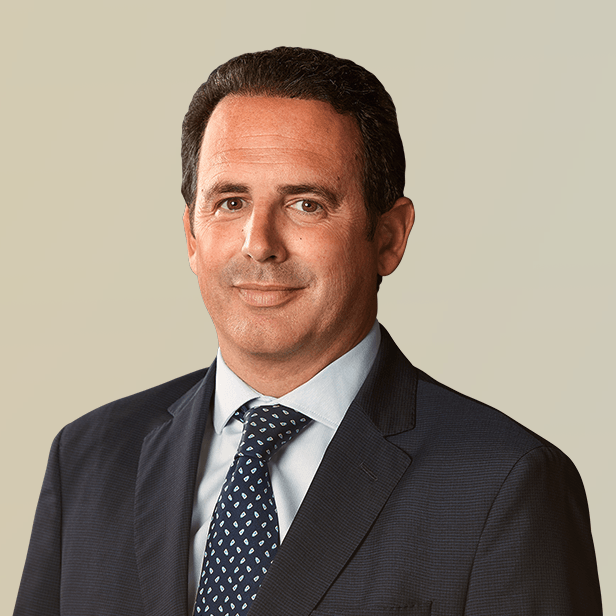
I take an active role in every stage of the transaction process in order to achieve the goals of my clients.
Iván Marina
Managing Director | CEO Spain
MadridMeet our Senior Team in Healthcare
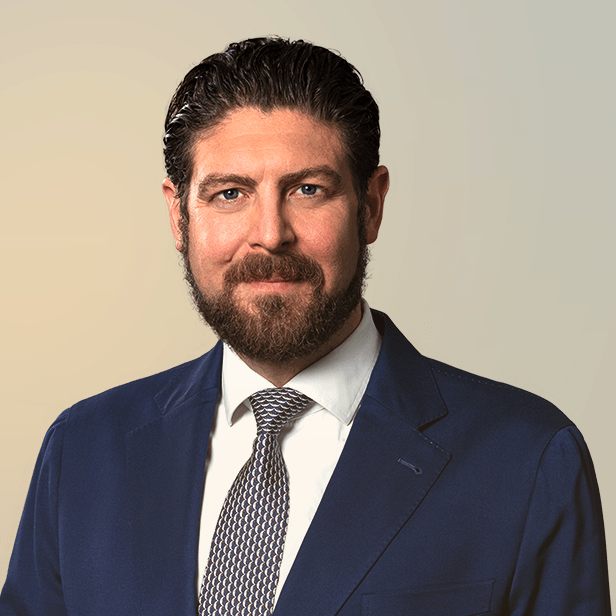
I enjoy working closely with clients to overcome challenging situations and to develop strategies to meet their business goals.
Dirk-Oliver Löffler
Managing Director | European Co-head Healthcare
Frankfurt

